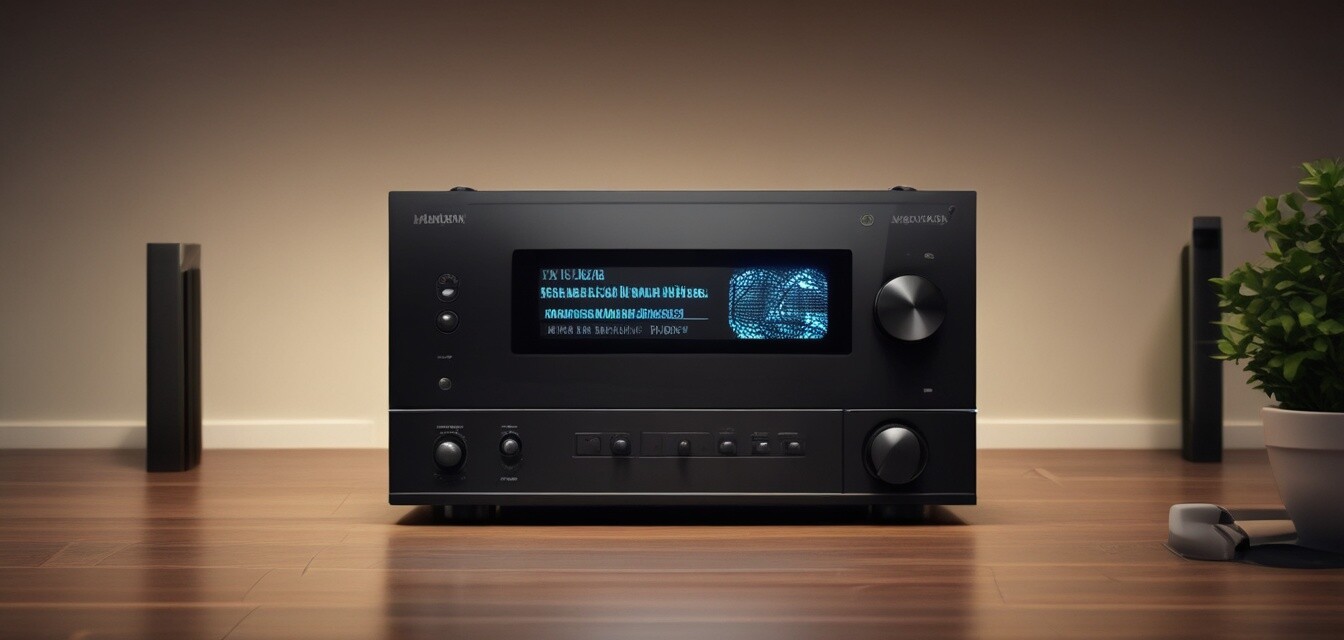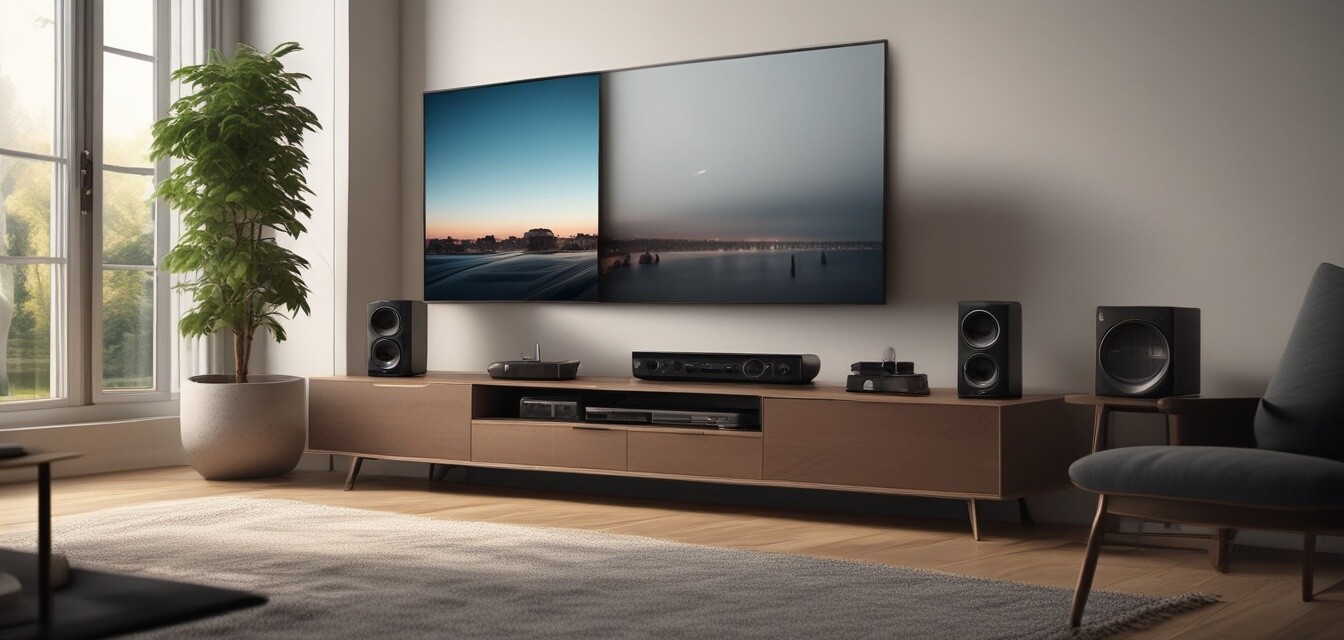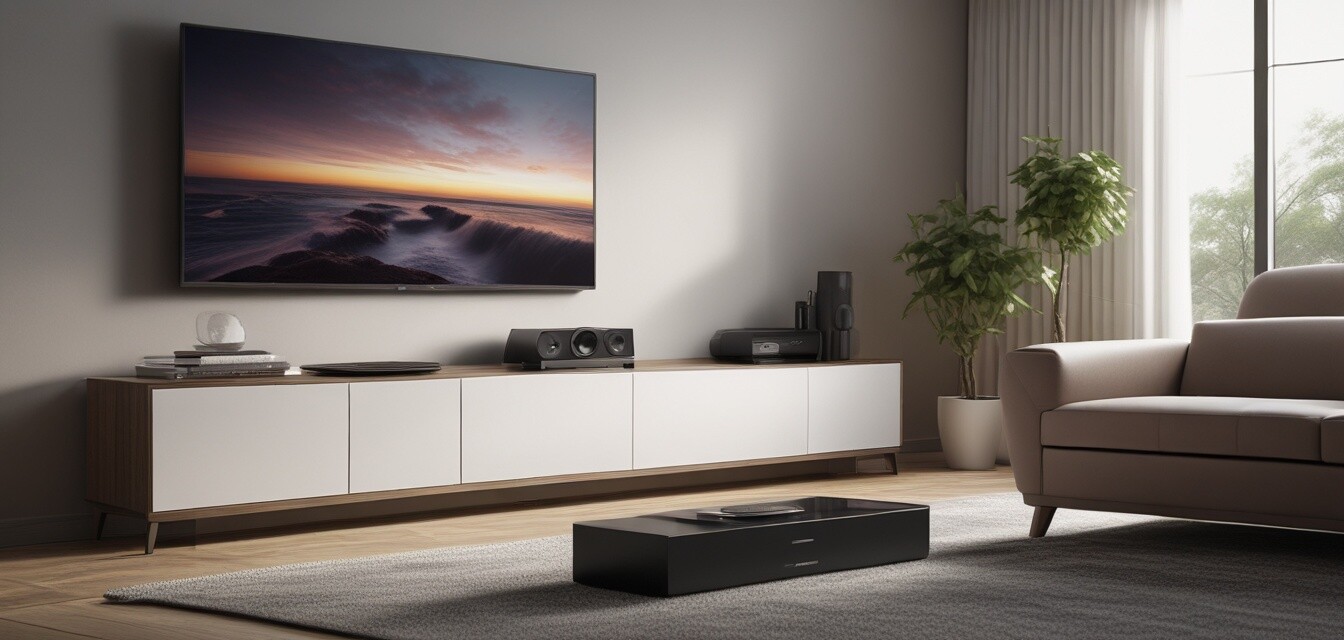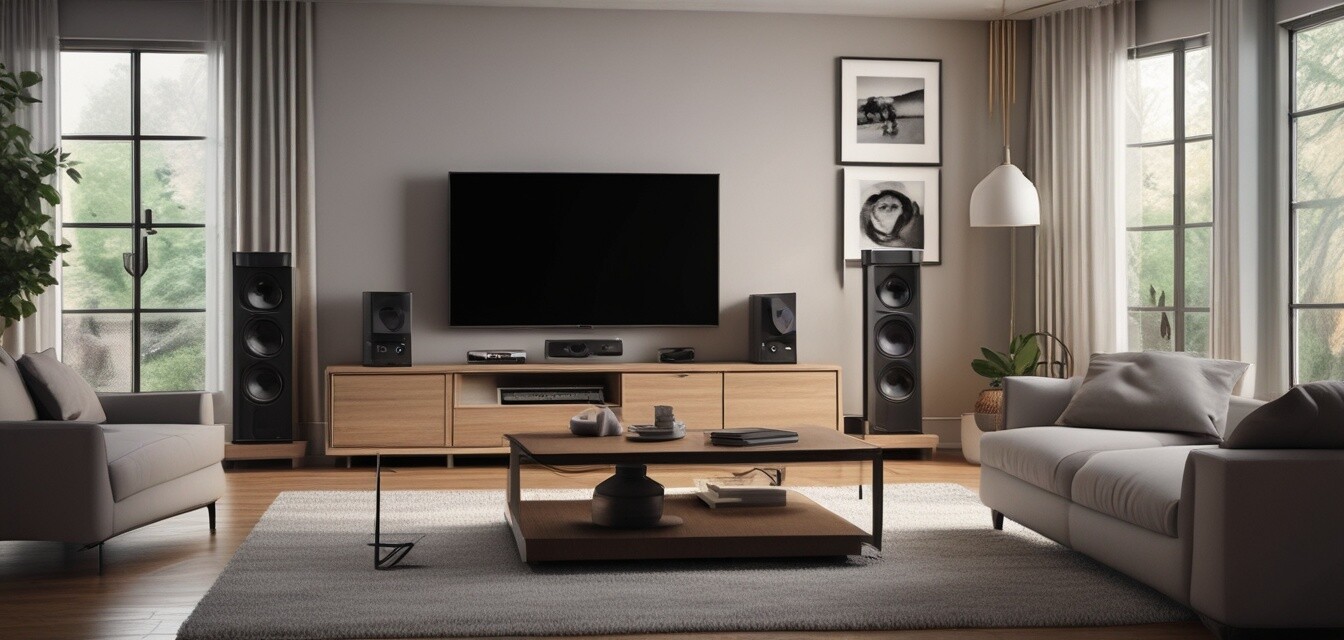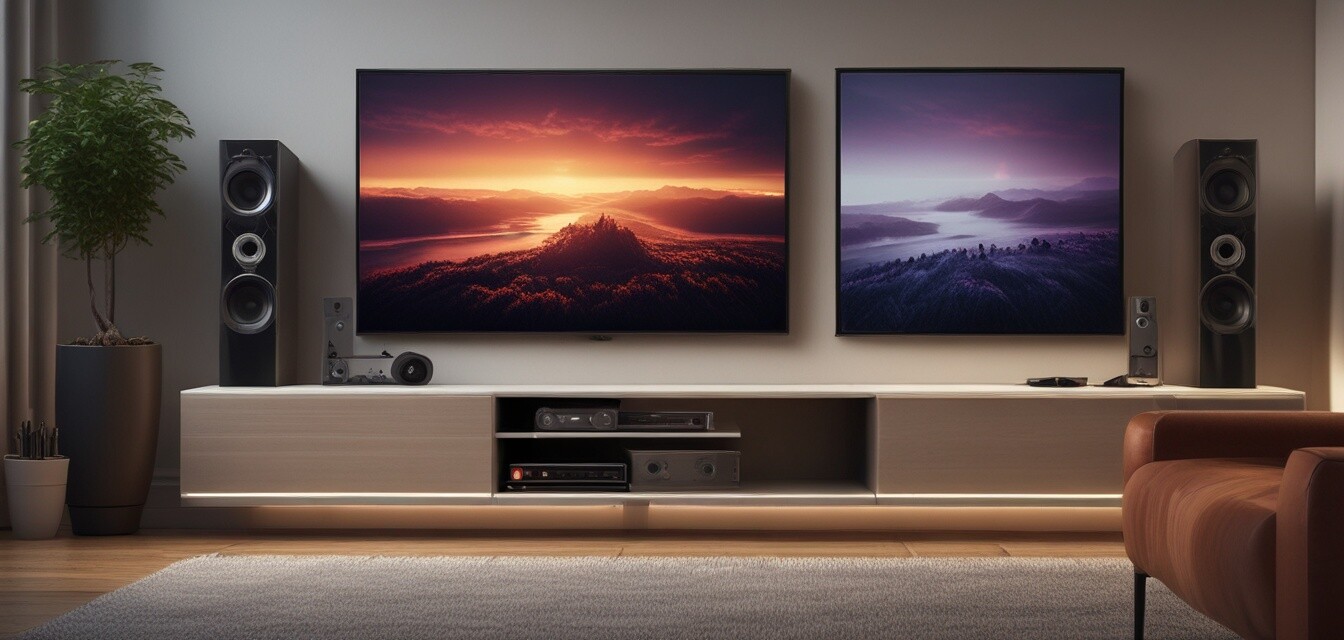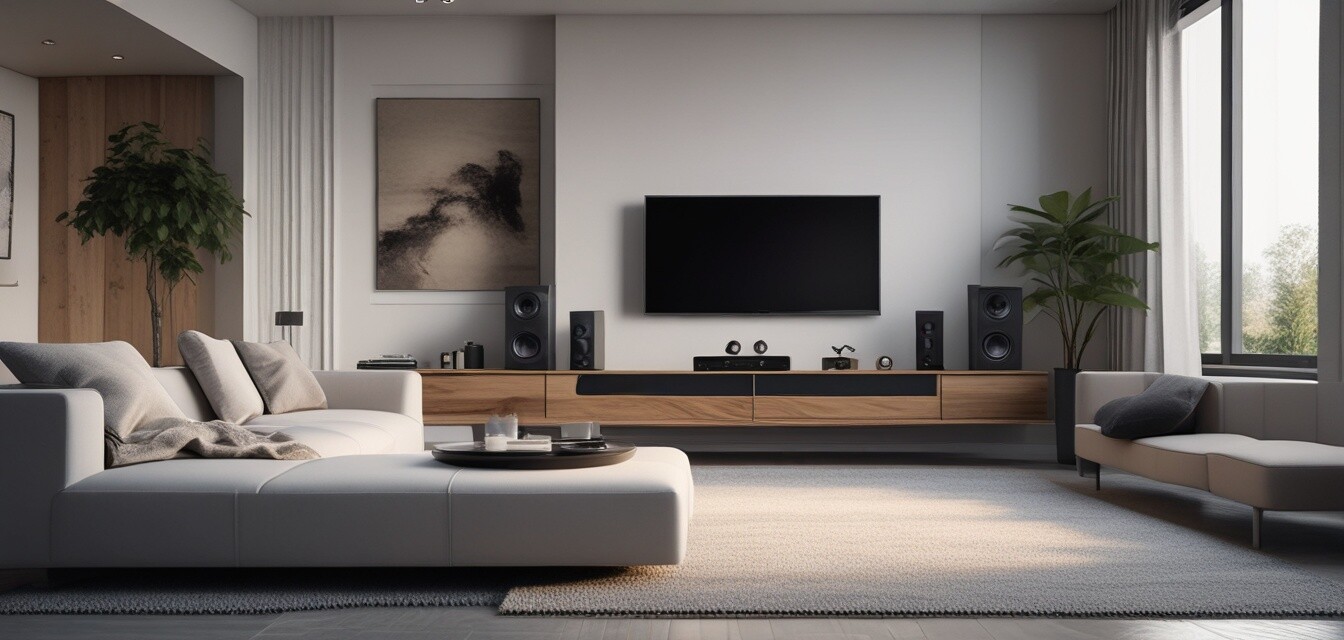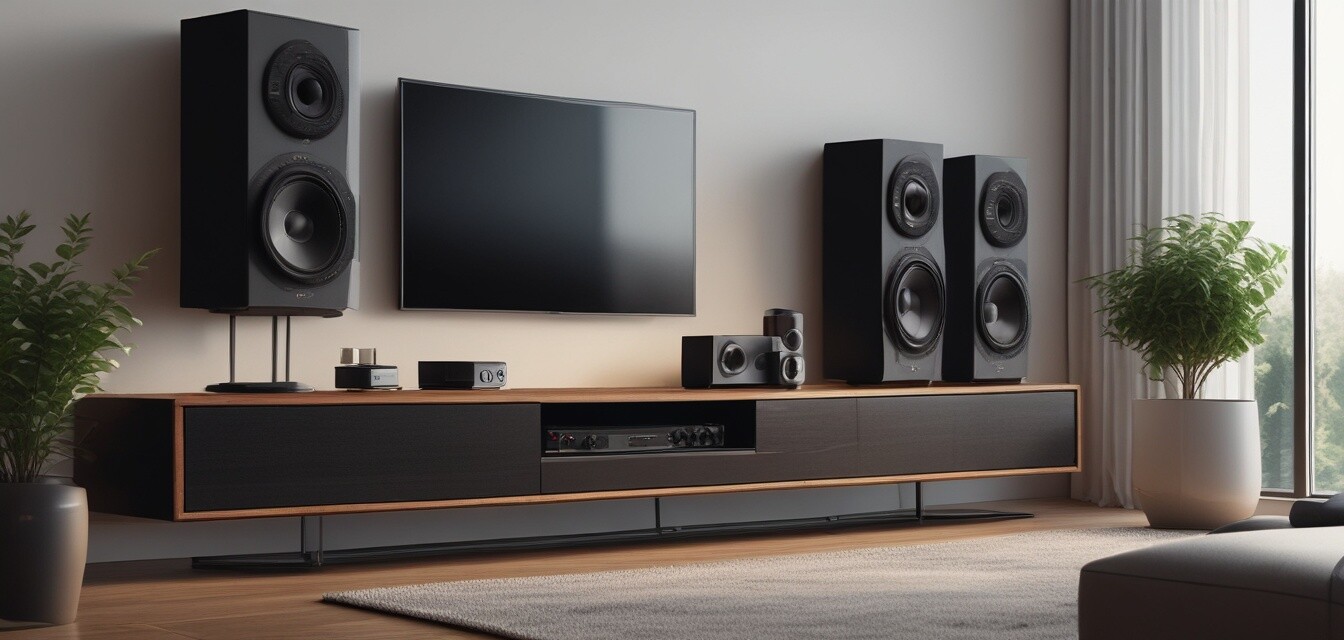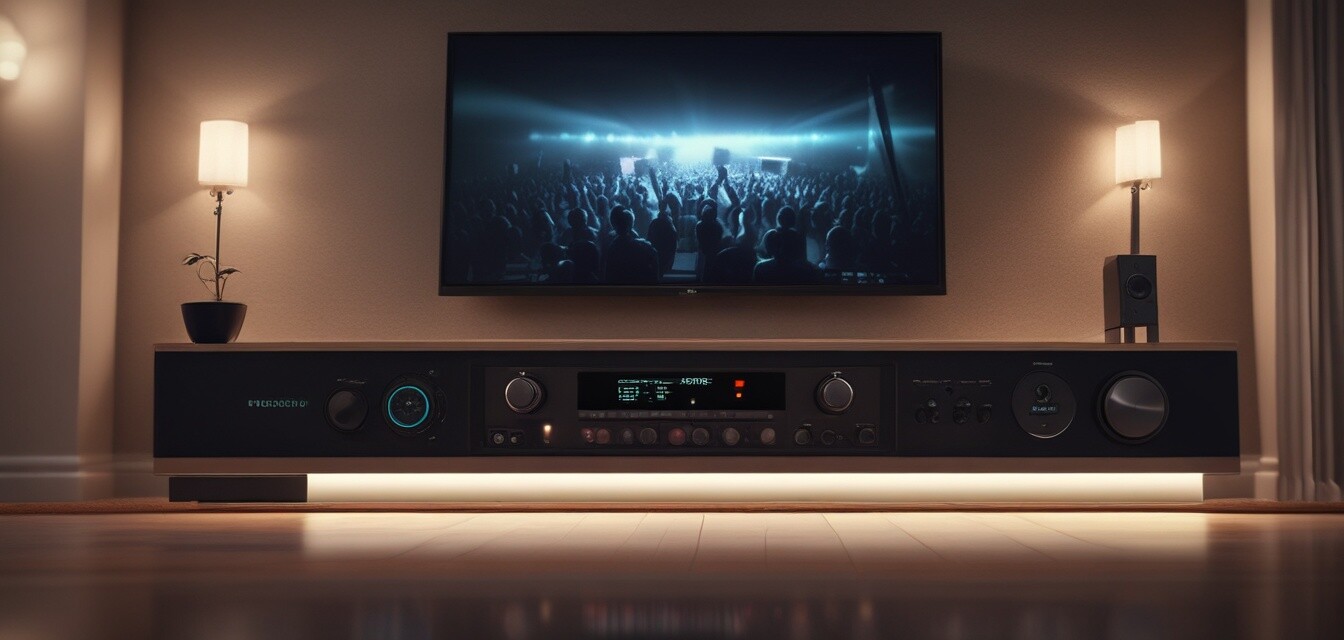
Audio Visual Receivers
Key Takeaways
- Audio visual receivers are central to modern home theater systems.
- They support various audio formats and video resolutions.
- Connectivity options include HDMI, Bluetooth, and Wi-Fi.
- Choose receivers based on power output and number of channels.
- Look for features like Dolby Atmos and 4K pass-through support.
Audio visual receivers (AV receivers) play a crucial role in creating an immersive home theater experience. They act as the heart of your audio and video components, allowing you to connect multiple devices and enhance your entertainment setup. In this article, we will explore the latest trends in AV receivers, their features, and what to look for when choosing the right one for your home.
What is an audio visual receiver?
An audio visual receiver is a device that receives audio and video signals from various sources, processes them, and sends them to your speakers and display. It combines the functions of a preamplifier, amplifier, and signal processor, providing a central hub for your home entertainment system.
Key features of audio visual receivers
When selecting an audio visual receiver, consider the following key features:
- Audio Formats: Support for formats like Dolby Atmos, DTS:X, and PCM.
- Video Resolutions: Compatibility with 4K, 8K, and HDR video.
- Power Output: Measured in watts per channel, affects sound quality.
- Connectivity: HDMI, optical, coaxial, Bluetooth, and Wi-Fi options.
- Multi-Room Audio: Capability to stream music to different rooms.
Types of audio visual receivers
Audio visual receivers come in various types, each catering to different needs and preferences:
| Type | Description | Best For |
|---|---|---|
| Standard AV Receivers | Basic models with essential features for home theater setups. | Casual users looking for a straightforward solution. |
| High-End AV Receivers | Advanced features, superior sound quality, and multiple channels. | Audiophiles and home cinema enthusiasts. |
| Network AV Receivers | Built-in Wi-Fi and streaming capabilities, often with smart features. | Users who want to integrate streaming services. |
| Compact AV Receivers | Smaller units designed for limited spaces, often with fewer channels. | Users with limited space or simpler setups. |
Connectivity options
Modern audio visual receivers offer a variety of connectivity options. Here are some common ones:
- HDMI: The most common connection for high-quality audio and video.
- Optical: Useful for connecting older devices without HDMI.
- Coaxial: Another option for digital audio transmission.
- Bluetooth: For streaming music wirelessly from mobile devices.
- Wi-Fi: Allows for network connectivity and streaming services.
Choosing the right audio visual receiver
Selecting the right AV receiver can be overwhelming due to the multitude of options available. Here are some tips to help you make an informed decision:
Beginners Section
- Determine your budget and stick to it.
- Consider the size of your room and the number of channels you need.
- Look for receivers that offer future-proofing features like 8K support.
- Check for user-friendly interfaces and setup processes.
- Read customer reviews to gauge reliability and performance.
Popular brands of audio visual receivers
Several brands stand out in the AV receiver market. Here are some of the most popular:
- Denon
- Yamaha
- Onkyo
- Pioneer
- Marantz
Conclusion
In summary, audio visual receivers are essential for any home theater setup. They provide the necessary connectivity and processing power to create an immersive entertainment experience. By understanding the key features, types, and connectivity options available, you can make an informed decision when purchasing an AV receiver.
Pros
- Enhances audio and video quality.
- Central hub for multiple media devices.
- Supports modern audio formats and video resolutions.
- Offers various connectivity options.
Cons
- Can be expensive depending on features.
- Setup can be complex for beginners.
- May require additional equipment for optimal performance.
Further reading
To learn more about home audio and theater products, check out these resources:
Image Gallery
Here are some images of popular audio visual receivers to inspire your setup:
